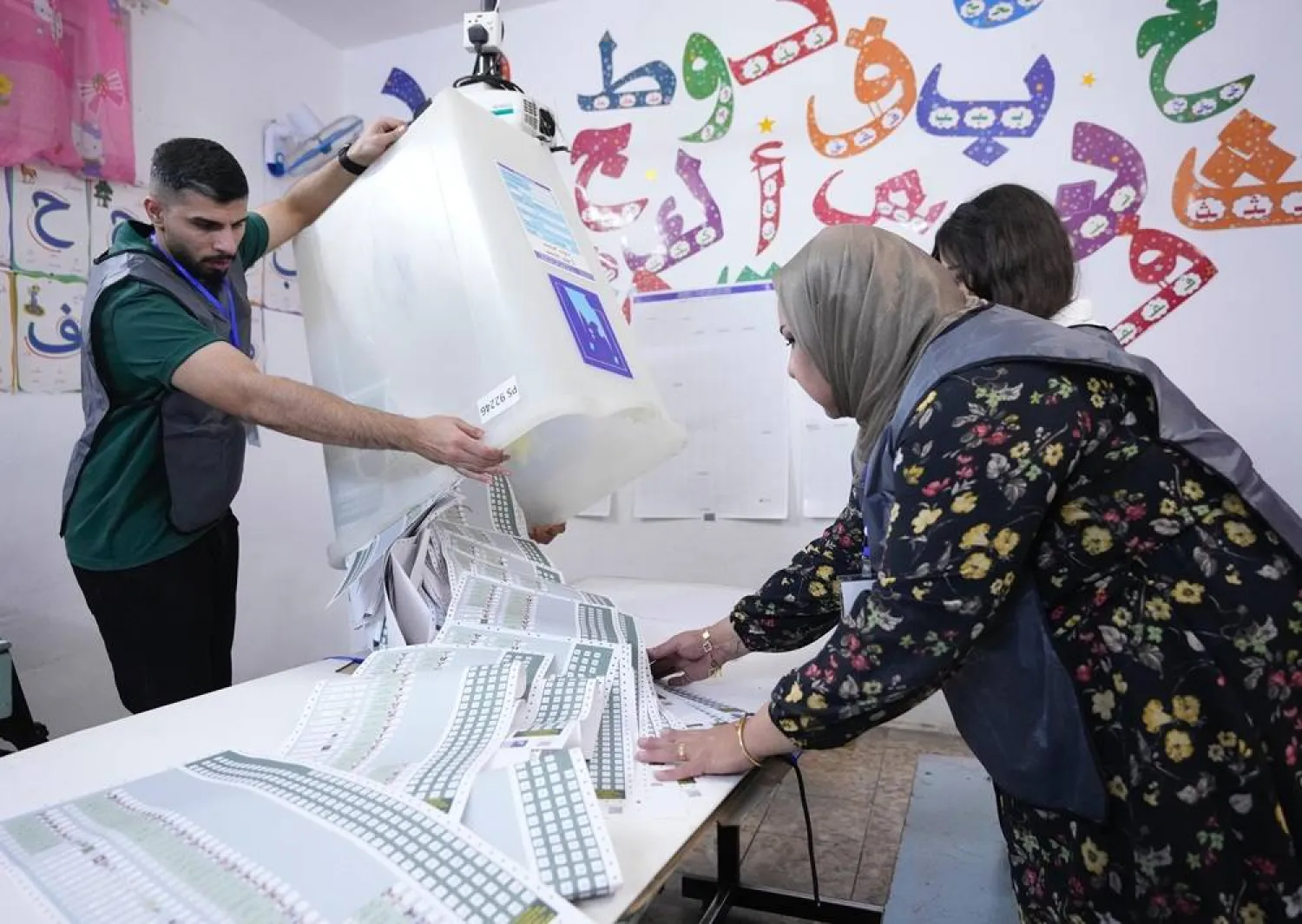Sitting by a bed strewn with rubble in Syria's second biggest city, Umm Mounir refuses to leave her home even though the deadly earthquake has torn a gaping hole into the room.
Aleppo, once a major commercial hub, had already been battered by over a decade of war when the 7.8-magnitude quake struck in early February, killing more than 45,000 people across Türkiye and Syria and flattening entire neighborhoods.
The building adjacent to Umm Mounir's collapsed, ripping the rear facade off her own home, but she told AFP that neither natural disasters nor conflict can make her leave.
"Nothing will make me move out of my house except death," said the 55-year-old, who lives by herself on the fourth floor of the heavily damaged seven-story building.
"I will only leave for the grave."
Her city suffered great losses in the February 6 quake that flattened 54 of its buildings and damaged historic sites.
With at least 432 fatalities, Aleppo accounts for nearly a third of all deaths in regime-held parts of Syria, according to state media.
Officials and medics across the war-ravaged country, including in opposition-controlled areas, put the overall Syrian death toll at more than 3,600 people.
"We are people of glory and wealth, but the war changed everything," said Umm Mounir, glancing at the wreckage of her wooden furniture.
"Even in the harshest years of the war we were not displaced," added the woman, whose home in the Masharika neighborhood was near the frontline. "We will not be displaced now."
More than 30 people died in Masharika after the pre-dawn quake brought down two buildings over sleeping residents.
Seemingly incessant aftershocks spooked traumatized survivors, and a 6.4-magnitude tremor on Monday rocked the same areas of Türkiye and Syria.
When the new quake hit, Umm Mounir grabbed her 85-year-old neighbor Amina Raslan, who lives on the first floor, and they rushed out.
"She can't run, so I held her hand and we walked as fast as we could," Umm Mounir said.
Raslan's son, who lives with his mother, said they "got used to the danger because our home used to be on the frontline" where rockets and missiles had rained down.
Puffing a cigarette, 55-year-old Ali al-Bash said he wished they could leave their damaged home, but that "we have nowhere else to go".
Raslan's eyes welled with tears as she recalled the destruction of the home she said her family had lived in for 50 years.
"Everything collapsed," she told AFP as her grandchildren were playing around her.
The family, like many others, did not want to move to a shelter but could not afford to rent a new home, Raslan said.
"I lost two of my children during the war. I don't want to leave my house... I don't want to lose anything else."
Some Aleppo residents, however, have left ravaged homes for tents.
Mohammed Jawish, 63, now lives in a makeshift camp with dozens of families after his building partially collapsed.
"If I still had a house I wouldn't be here," he said, watching his grandchildren -- some of them barefoot in the winter cold -- play with a worn-out football.
Jawish told AFP the quake cost him his belongings and sent him "back to square one".
"My chest feels tight when I'm in this small tent," he said. "I feel I could die from sorrow."









